How and how to process strawberries in early spring?
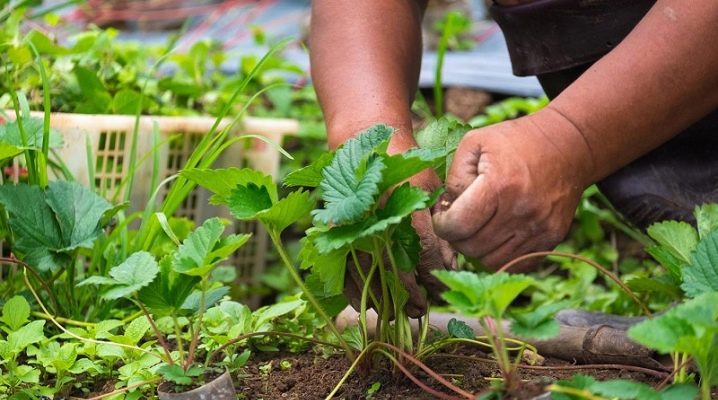
Fresh fruits and berries are a very tasty and healthy treat for adults and children. In the store you can buy a huge variety of such products throughout the year, both fresh and frozen. However, the quality of such products is difficult to guarantee.
Strawberries are one of the most beloved berries for people, so they often try to cultivate them in their dachas and vegetable gardens. To get a good harvest of strawberries, it is important to be able to properly care for them, to process them in a timely manner in early spring, using the right preparations for this.
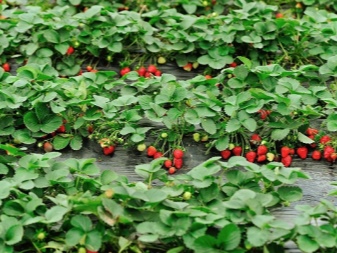
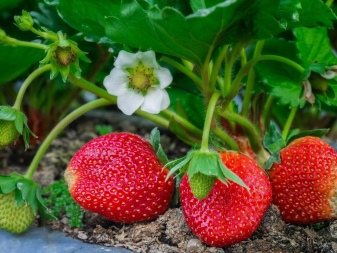
The need for a procedure
Strawberries can be large and small, depending on the variety, differ in shade and ripening time. Due to its excellent taste and the possibility of using berries in raw, frozen and canned forms, the product is considered universal. To grow seedlings and get fruit in the future, you need to buy a high-quality and unpretentious variety that will bear fruit for a long period.
Any modern varieties have some protection against diseases and pests, but most of it is not enough, therefore, without human help, the planted plants may not give a good harvest or even die. Immediately after the snow melts, when the ground dries up a little, it is necessary to remove old leaves and everything that can become a source of development of diseases or attract pests from the strawberry garden. Spring treatment is preventive, so it is important to use gentle preparations that will not harm the plants and will be effective.
The first treatment after winter is carried out Bordeaux liquid, copper sulfate, urea can be added. While young shoots have not yet emerged, any of the above formulations will avoid undesirable crop problems in the future. Young bushes can be processed already in April, when new leaves begin to appear and growth intensifies. The first spraying helps to protect the crop from ticks, keeping the plants intact. Drugs do the best with this. Aktellik, Vertimek, Masai.
With warming and the first rains, there is a threat of serious diseases. Strawberries can be affected by powdery mildew, white spot and brown spot. An effective solution to problems can be a remedy Horus. It is important to know how and when to process strawberry bushes in order to avoid trouble. In addition to the first processing of the culture, further care is required. The second time spraying is done before the buds begin to bloom. At this stage, pests, for example, weevils and whiteflies, can threaten strawberries, and gray rot and powdery mildew are especially dangerous diseases.
The third time spraying is done after the bushes have bloomed. Usually the gap between the second and third treatments is no more than two weeks. The latter protection is of a preventive nature, providing reliable protection for the bushes from the appearance of gray rot and spotting.
At the first symptoms of pest damage, insecticides should be used.

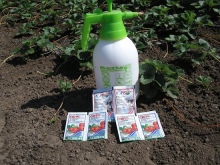
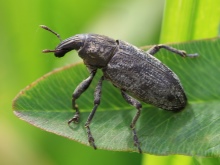
Overview of chemicals
In order to process strawberries in early spring, protecting against diseases and pests, you need to know which drugs should be used without fear of harming the plants. The correct selection of the composition and the optimal timing of its application to the garden bed provide the desired result.
There is a huge variety of drugs on sale that differ in their direction of action, composition and effectiveness. In order not to be mistaken with the choice, you should understand the difference between them.
- Fungicides... These funds are used to combat fungal diseases. There are varieties of such drugs for their intended purpose: protective, therapeutic, universal. Protective ones are used before any problems appear in the garden for the purpose of prevention. Healers are used in case of the first signs of any problems in the culture. Universal (protective and healing) - a complex option that allows you to cope with future and existing problems with the help of one drug.
- Insecticides... They are used to remove pests from cultivated crops.
- Insectofungicides - complex formulations that help eliminate problems associated with both pests and diseases.

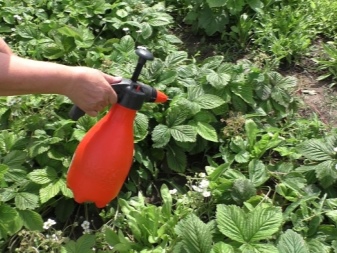
In addition to this division, there is also a differentiation of drugs into chemical and biological. The most effective chemistries for avoiding problems or eliminating the first symptoms are:
- Copper and iron sulfates... Quite effective means for combating the manifestations of gray rot, with spotting, powdery mildew, scab and a number of creeping pests. Copper sulfate can be used to process both new seedlings and the entire soil before the first shoots appear. Usually, 100 g of the substance is enough for 10 liters of water to effectively process 20-30 strawberry bushes. It is necessary to spray the bushes with this solution on a warm, quiet day. In this case, the composition will have time to absorb and protect future plants. Iron sulfate effectively protects young crops, but needs to be reused 2 weeks after the first spraying.
- Bordeaux liquid. It is used to prevent damage to bushes by spotting and gray mold. It is recommended to use a 3% solution for prophylaxis and 1% for combating the symptoms of diseases that have appeared. If it is not possible to use Bordeaux liquid, it can be replaced with copper sulfate or lime.
- Boric acid... This drug is effective in the case of bacteriosis and root rot, and also helps to increase yields and raise the amount of sugar in fruits. If the leaves of the strawberry begin to get amazed, turn yellow, die off or fall off, it means that there is not enough boron in the soil, so you need to add it yourself. Only 5 g of the product is enough for dilution in 10 liters of water, after which the resulting mixture is applied under the root of the plant.
- Karbofos. A drug that helps to get rid of the tick and save young leaves from destruction, and with them the whole plant. The package contains instructions for use, where the proportions of the substance are precisely indicated. It is important to use chemicals correctly, in no case exceeding dosages. Otherwise, both the plant and the person can be severely damaged.
- "Horus"... A complex preparation necessary for helping plants with diseases of powdery mildew, spotting (white and brown), gray mold. The product is safe for the environment and works well at low temperatures. Summer residents often use it.
In addition to the above chemicals, iodine, ammonia, potassium permanganate, Tilt, Switch, Topaz and others can also be used. Using these substances correctly and in a timely manner, you can count on a good harvest.
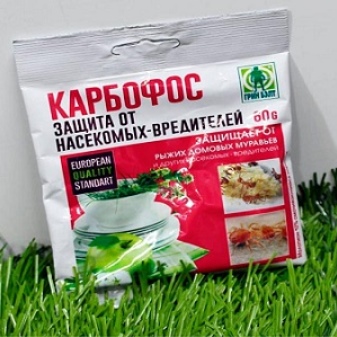
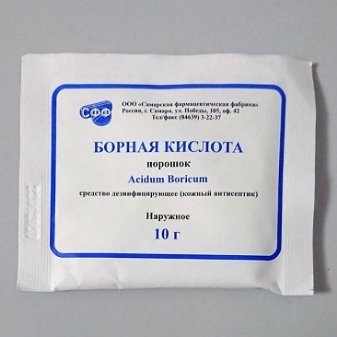
Use of biological agents
Biological substances can have different types of effects:
- protective and healing - helps to fight gray mold, spotting, powdery mildew;
- contact - contributes to the fight against gray mold;
- protective - also effective in combating gray mold.
Spraying strawberries with biological preparations will get rid of a number of diseases and pests. The most effective range of such funds can be identified.
- Fitosporin... A substance composed of living spore bacteria. Effectively fights late blight, rust, rot and powdery mildew.
- Trichodermin... Consists of saprophytic fungi. If you spray strawberries with this composition, you can enrich the soil with nitrogen, phosphorus and potassium.
- Aktofit... This drug contains avermectins, which are neurotoxins. The use of the composition helps to get rid of whiteflies, aphids and weevils.
- Fitoverm... Consists of nerve agents. Effective in the fight against adult pests. You need to use this drug twice to achieve the desired effect.
The dosage of each product is indicated on the package. Manufacturers clearly calculate the proportions in which the substances must be diluted. It is important to process the garden culture within the specified time frame so as not to harm the plants. Using chemical and biological substances individually or in combination, you can achieve good results in growing strong and healthy bushes with a maximum yield of delicious berries.

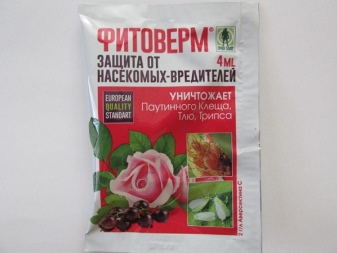
Description of folk methods
In addition to the currently known methods of dealing with undesirable phenomena in strawberry beds, there are old proven folk methods. The use of folk remedies allows you to cope with simple problems without harming the culture itself. The advantage of such products is the safety of the components, which in the correct amount have a positive effect, do not contaminate the soil. Thanks to the use of different compositions, it is possible to enrich the soil, strengthen the plant, and minimize the occurrence of pests and diseases.
If traditional methods work and bring results, you can not use purchased drugs. And if their help is not enough, it is necessary to additionally help the culture by means of chemical or biological preparations.
Tansy
Freshly harvested or dried tansy can be used to treat strawberry beds.... It is enough to prepare 0.5 kg of raw materials, fill it with hot water, and then leave to infuse for a day. For greater efficiency, the resulting liquid is boiled for 15 minutes and filtered. The resulting solution is diluted in a bucket of water, which must be defended in advance.
Using tansy allows you to get rid of powdery mildew, as well as prevent spider mites from settling on strawberry bushes.

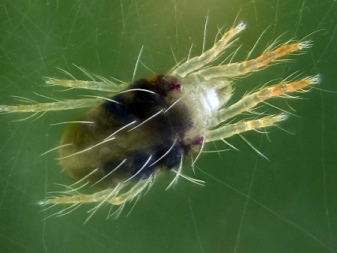
Mustard
Another popular method is the use of mustard. To obtain an effective solution, you need to collect 100 g of grains, which then pour a small amount of boiling water. As soon as the mustard swells (after a couple of days), it is diluted in a bucket of water. The resulting composition should cope with gray mold.
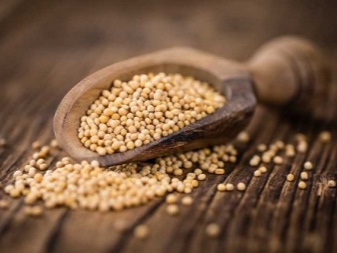
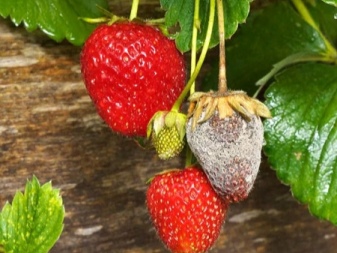
Wood ash
Wood ash can be used dry or in solution. Ash powder is scattered throughout the garden. The area around the bushes themselves is especially abundantly and carefully processed. If you dilute the ash with water, you can add the substance under the bush so that it penetrates deeper into the soil and has the maximum effect. Wood ash helps prevent bacterial rot.
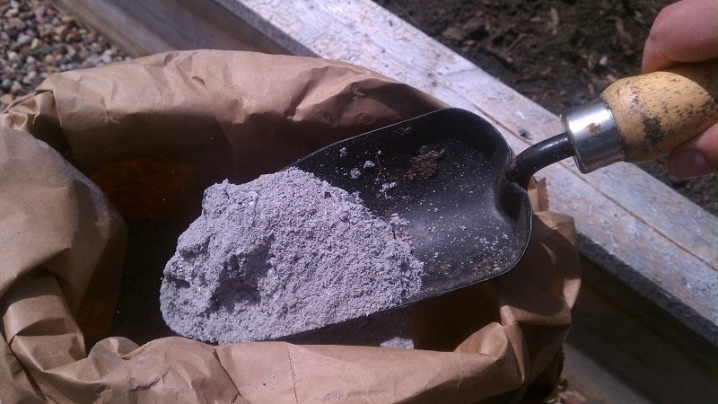
Hay infusion
To make an effective preparation from hay, it is necessary to use rotted raw materials. The maximum effect is achieved by mixing hay and water, the ratio of which is 1: 3. The resulting composition is left for 5-6 hours, after which it is applied to the garden.
The use of hay is effective for controlling powdery mildew on strawberry bushes.
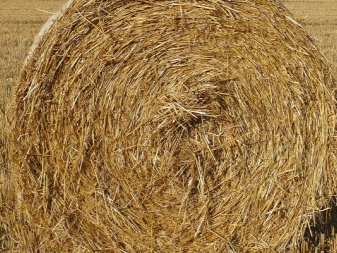
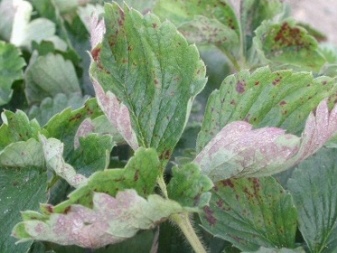
Other
The most commonly used folk remedies include the following methods of combating diseases and pests of strawberry bushes.
- Boiling water... This method consists in processing the bushes with boiling water in order to destroy pathogens. Hot water can be poured in in early spring before the shoots appear, keeping the watering can at a distance of 1 meter from the ground.It is possible to reuse this method in the fall, when the bushes have already borne fruit and are preparing for wintering. In this case, a film is laid on the plants, on top of which boiling water is poured. From the high temperature, the leaves begin to die off, and with them all pests die.
- Zelenka... It is used to treat fungal diseases. For 1 liter of water, add 5 drops of the substance. Spray the garden with the resulting solution.
- Hydrogen peroxide... To combat parasites, it is worth using a 3% peroxide solution. Thanks to the bactericidal effect, the composition allows you to get rid of bacteria and viruses, leaving pure oxygen after decomposition, which also has a positive effect on the development of the culture. To make a solution for treating bushes, it is enough to use 2 or 3 tbsp. l. for 1 liter of water. With the resulting composition, the bushes are watered once a week during the growth, development and fruiting of strawberries. For preventive spring tillage, it is necessary to add 5 tbsp. l. for 1 liter of water. Peroxide is harmless to humans and insects, so you can eat the fruits a couple of hours after spraying.
- Ammonia. Quite an effective remedy against fungal diseases, ant larvae, aphids and the May beetle. To get an effective remedy, you need to buy a bottle of ammonia at a pharmacy and laundry soap. To obtain a solution, ammonia is poured into 10 liters of water, and several spoons of soap are added there. A feature of use is the need for immediate spraying of the substance until the alcohol has evaporated.
- Urea... This substance is needed to feed the soil with nitrogen, which is a prerequisite for the normal development of any culture. To obtain a nutrient solution, add a tablespoon of the substance to 2 liters of water. Urea is a transparent, whitish granules that dissolve quickly and well in water, forming a good composition for treating horticultural crops. The substance can be applied both under the root and by spraying the entire plant. The second method is best done early in the morning or in the evening so that the moisture does not evaporate for as long as possible.
The use of folk remedies for processing strawberries allows you to get a good result without spending a lot of money and time. The effectiveness of the above options is significantly lower than that of chemical or biological drugs, but in combination with them, you can get good results.
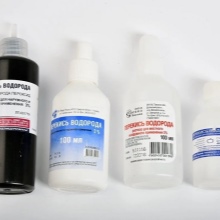
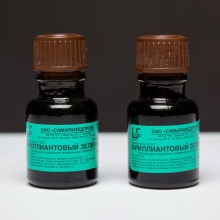
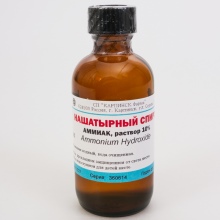













The comment was sent successfully.